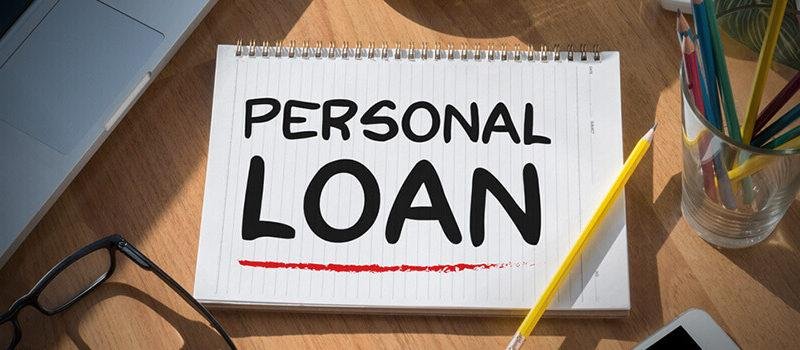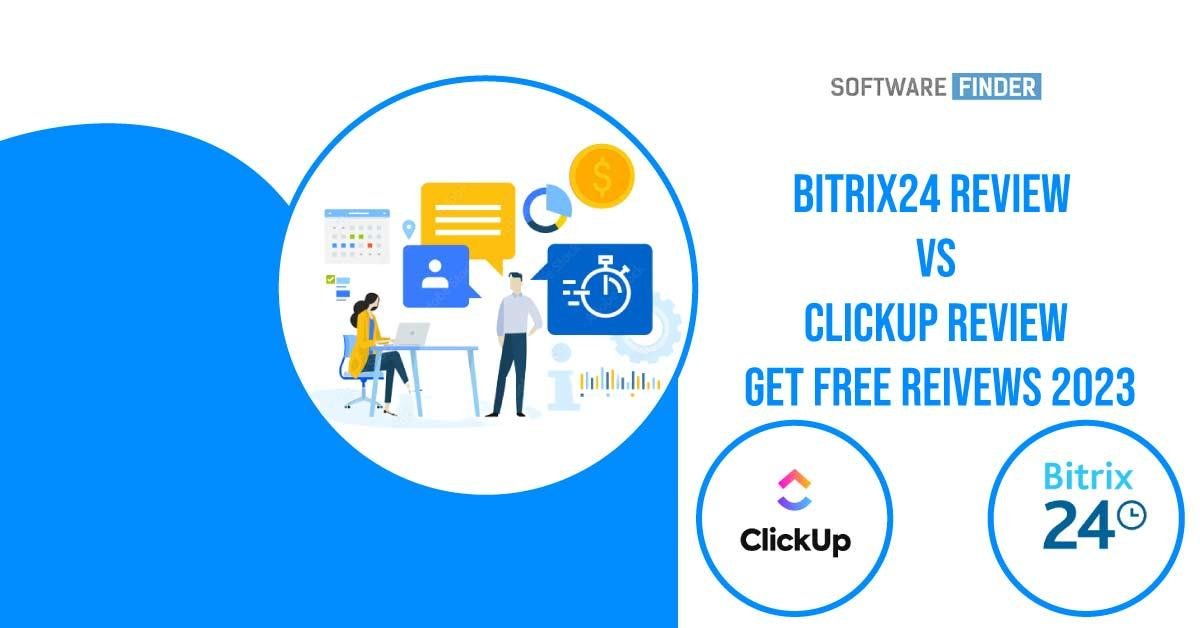Personal Loans: What They Are and How to Get Them
When you’re in a financial pinch, personal loans can be a great way to get the money you need quickly. But what are personal loans, and how do you go about getting one? In this article, we’ll answer those questions and more, including what to consider before applying for a personal loan and how to compare different loan options.
1. What Are Personal Loans?
Personal loans are a type of loan that you can use for any purpose. They can be used to pay for medical bills, home renovations, a wedding, or any other expense. Unlike a mortgage or car loan, which are secured by collateral, personal loans are typically unsecured, meaning you don’t have to put up any assets as collateral to qualify for the loan.
2. How Do Personal Loans Work?
When you apply for a personal loan, you borrow a set amount of money from a lender. The lender will charge you interest on the loan, which you’ll need to pay back along with the principal amount you borrowed. Personal loans typically have fixed repayment terms, which means you’ll make the same payment each month until the loan is paid off.
3. Types of Personal Loans
There are a few different types of personal loans you can choose from, depending on your needs and financial situation.
Secured Personal Loans
Secured personal loans require you to put up some form of collateral, such as a car or home, to qualify for the loan. Because there’s less risk for the lender with a secured loan, they may be willing to offer lower interest rates or higher loan amounts than with an unsecured loan.
Unsecured Personal Loans
Unsecured personal loans don’t require any collateral, but they may be more difficult to qualify for, especially if you have a lower credit score. Because there’s more risk for the lender with an unsecured loan, interest rates may be higher than with a secured loan.
Fixed-Rate Personal Loans
Fixed-rate personal loans have a set interest rate for the life of the loan, which means your monthly payments will be the same each month. This can make it easier to budget for the loan repayment.
Variable-Rate Personal Loans
Variable-rate personal loan has an interest rate that can fluctuate over time. While the initial interest rate may be lower than a fixed-rate loan, it can change over the life of the loan, which means your monthly payments could increase.
4. How to Get a Personal Loan
If you’re considering a personal loan, here are the steps you’ll need to take to apply for one.
Check Your Credit Score
Before you apply for a personal loan, it’s a good idea to check your credit score. Lenders will use your credit score to determine whether or not you’re eligible for a loan and what interest rate they’ll offer you.
Shop Around for Lenders
Once you know your credit score, it’s important to shop around for lenders to find the best loan option for you. Look for lenders that offer competitive interest rates, low fees, and flexible repayment terms.
Gather Your Documents
To apply for a personal loan, you’ll need to provide some documentation, including proof of income, employment verification, and your credit score. Make sure to gather all the necessary documents before applying for the loan.
Apply for the Loan
Once you’ve found a lender that you want to work with, you can apply for the loan. The lender will review your application and documentation, and then make a decision on whether or not to approve the loan.
5. What to Consider Before Applying for a Personal Loan
Before you apply for a personal loan, it’s important to consider a few factors to make sure that it’s the right financial decision for you.
Interest Rates
One of the most important factors to consider when applying for a personal loan is the interest rate. A lower interest rate means that you’ll pay less over the life of the loan, while a higher interest rate can make the loan more expensive.
Fees
In addition to interest rates, it’s important to consider any fees associated with the loan, such as origination fees or prepayment penalties. These fees can add up over time and make the loan more expensive.
Repayment Terms
Personal loans typically have fixed repayment terms, which means you’ll make the same payment each month until the loan is paid off. Make sure to consider whether or not you can afford the monthly payments before applying for the loan.
Loan Amounts
Personal loans can vary in the amount that you can borrow. Make sure to consider how much money you need before applying for the loan.
6. How to Compare Personal Loan Options
When comparing different personal loan options, there are a few factors to consider.
APR
The APR, or annual percentage rate, is the interest rate plus any fees associated with the loan. This can give you a better idea of the total cost of the loan over time.
Fees
Make sure to consider any fees associated with the loan, such as origination fees or prepayment penalties, when comparing different loan options.
Loan Terms
Consider the length of the loan and the repayment schedule when comparing different loan options. Make sure to choose a loan that you can afford to repay.
7. Pros and Cons of Personal Loans
There are both pros and cons to taking out a personal loan.
Pros
- Personal loan can be used for any personal purpose
- Personal loans can be a good way to consolidate debt
- Personal loans can be a good way to build credit if you make timely payments
Cons
- Interest rate on personal loans can be very high
- Personal loans can be difficult to qualify for if you have a low credit score
- Personal loans can be expensive if you don’t pay them back on time
8. Conclusion
Personal loans can be a great way to get the money you need quickly, but it’s important to consider all of the factors before applying for one. Make sure to shop around for lenders, compare loan options, and consider the interest rates, fees, repayment terms, and loan amounts before making a decision.
Must Check: Payroll
Must Check: Bookkeeping




